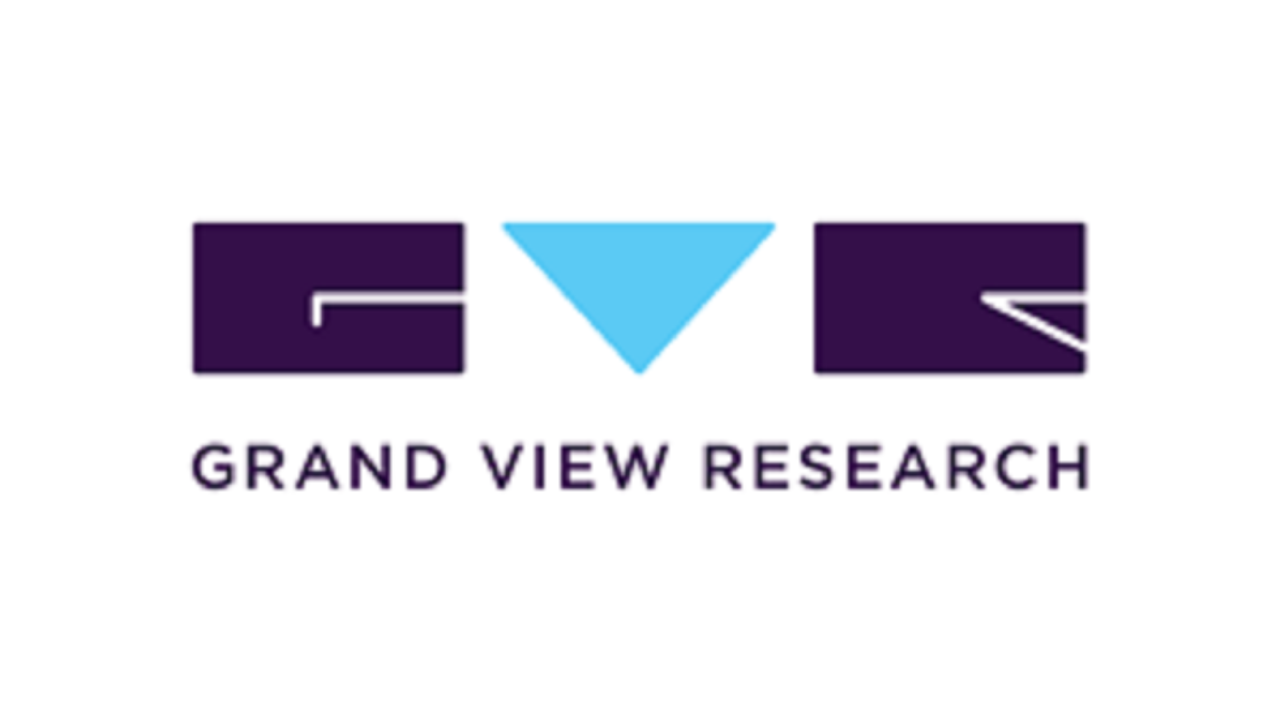Global Lab Automation Market Trends & Forecast 2023-2030

The global lab automation market size was estimated at USD 6.87 billion in 2022 and is projected to reach USD 11.60 billion by 2030, growing at a CAGR of 6.64% from 2023 to 2030. Laboratory automation leverages specialized technologies to streamline or replace manual handling of laboratory methods and equipment, thereby enhancing efficiency, accuracy, and productivity in laboratory operations.
The level and degree of automation are determined by the specific laboratory workflow, with more advanced automation being adopted in settings that demand higher throughput and precision. Academic and research institutes are among the earliest adopters of automated instruments, as these tools significantly boost productivity and reduce the time spent on repetitive, labor-intensive tasks.
Furthermore, the rising utilization of automated instruments in drug discovery and development is expected to further fuel market growth during the forecast period. For instance, in June 2022, Insilico Medicine announced plans to launch an automated AI-driven robotics laboratory for drug discovery, showcasing the potential of automation to accelerate pharmaceutical research.
The growing adoption of process automation in laboratories is driven by several critical advantages. For clinical laboratories, transitioning from manual operations to automated systems offers numerous benefits, including enhanced productivity, safer working conditions, reliable and consistent results, and significant savings in time, labor, and overall operational costs. These advantages highlight why laboratory automation is increasingly being recognized as a key enabler for efficiency and innovation in research and diagnostic environments.
Key Market Trends & Insights:
• The North America region led the global lab automation market, accounting for a revenue share of 35.76%. The region’s leadership is driven by its well-established research infrastructure, advanced technological adoption, and a high concentration of academic, clinical, and pharmaceutical laboratories. The strong presence of key market players, supportive government initiatives, and growing investment in life sciences and biotechnology research further reinforce North America’s dominant position in the global lab automation landscape.
• The Asia Pacific region is projected to be the fastest-growing market for lab automation, with a CAGR of 8.55% during the forecast period. Growth in this region is supported by rapid industrialization, expansion of the pharmaceutical and biotechnology sectors, increasing research funding, and rising adoption of advanced laboratory technologies. Countries like China, India, and Japan are expected to be significant contributors to this growth due to their growing research infrastructure and expanding life sciences industry.
• When analyzed by process type, the continuous flow segment held the largest revenue share of 56.93% in 2022. Continuous flow systems are widely used in laboratories because they allow uninterrupted processing of samples, which enhances throughput, reduces human error, and improves efficiency. This makes them highly suitable for high-volume applications in drug discovery, clinical diagnostics, and research laboratories.
• From an automation type perspective, the modular automation systems segment dominated the market, accounting for the largest revenue share of 51.69% in 2022. Modular automation systems offer flexibility, scalability, and customization, allowing laboratories to integrate various automated modules based on specific workflow requirements. Their ability to adapt to changing laboratory needs, improve operational efficiency, and optimize space utilization makes them a preferred choice in both academic and industrial laboratory settings.
Order a free sample PDF of the Lab Automation Market Intelligence Study, published by Grand View Research.
Market Size & Forecast:
• 2022 Market Size: USD 6.87 Billion
• 2030 Projected Market Size: USD 11.60 Billion
• CAGR (2023-2030): 6.64%
• North America: Largest market in 2022
• Asia Pacific: Fastest growing market
Key Companies & Market Share Insights:
The key players in the lab automation market are actively undertaking a variety of strategic initiatives to maintain and strengthen their market presence. These strategies not only help companies safeguard their competitive position but also expand their business opportunities by introducing innovative products, entering new markets, and enhancing operational capabilities.
For instance, in January 2023, Becton, Dickinson and Company (BD) unveiled its third-generation lab automation system specifically designed for microbiology laboratories. The newly launched BD Kiestra system serves as an advanced solution for automating laboratory specimen processing, enabling laboratories to achieve higher throughput, improved accuracy, and streamlined workflows. Such initiatives by leading companies demonstrate their commitment to technological innovation and highlight how strategic product launches can drive growth and strengthen market positioning in the rapidly evolving lab automation industry.
Key Players
• QIAGEN
• PerkinElmer Inc.
• Thermo Fisher Scientific, Inc.
• Siemens Healthcare GmbH
• Danaher
• Agilent Technologies, Inc.
• Eppendorf SE
• Hudson Robotics
• Aurora Biomed Inc.
• BMG LABTECH GmbH
• Tecan Trading AG
• Hamilton Company
• F. Hoffmann-La Roche Ltd
Explore Horizon Databook – The world's most expansive market intelligence platform developed by Grand View Research.
Conclusion:
The global lab automation market is experiencing significant growth, driven by the increasing adoption of automation technologies across various laboratory processes. Key factors contributing to this growth include the need for enhanced productivity, improved accuracy, and reduced operational costs in laboratory settings. Technological advancements, such as the integration of artificial intelligence and robotics, are further propelling the market expansion. Additionally, the rising demand for personalized medicine and the growing focus on research and development activities are expected to continue driving the market forward.
- Art
- Causes
- Crafts
- Dance
- Drinks
- Film
- Fitness
- Food
- Jocuri
- Gardening
- Health
- Home
- Literature
- Music
- Networking
- Alte
- Party
- Religion
- Shopping
- Sports
- Theater
- Wellness


